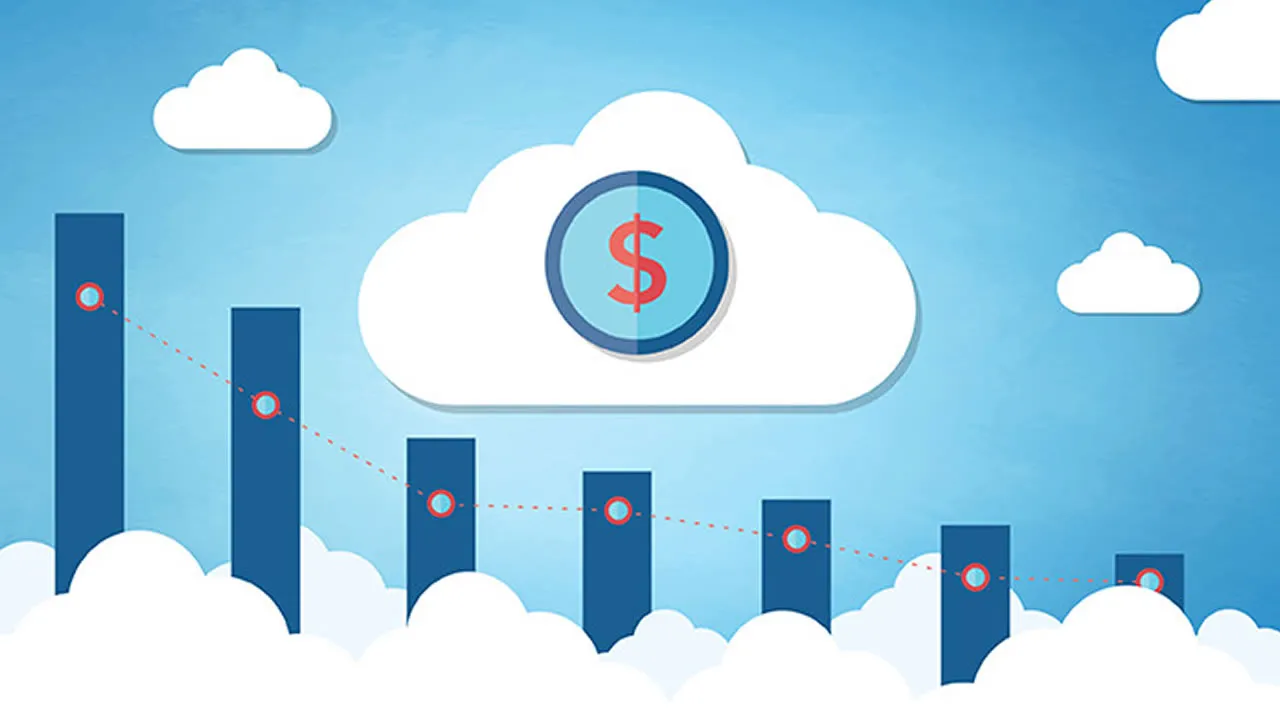There is plenty of cloud cost management software, dozens of cloud cost optimization scenarios, and strategies but practically all of them have a serious issue that limits the result of saving.
The main idea of traditional cloud cost management tools is to scan your cloud billing and discover existing resources to give you a recipe of what needs to be done to save on
your cloud bill. The main focus is on:
- unused resources (volumes, AMIs, snapshots, elastic IPs etc.)
- issues with rightsizing — when the wrong flavor is selected and, in the majority of the cases, downsize can be applied
- reserved instances and saving plan recommendations
And that is a really nice report with a nice and appealing number of X dollars possible savings. But the problem is who the user of this data is. Usually, there are one or two IT guys responsible for cloud cost saving. They can take SRE, CloudOps, DevOps or Central IT positions, in different companies they have different titles. And they can definitely purchase more reserved capacity or saving plans but when it comes to unused resources or rightsizing, they can’t just go and apply recommendations, they have to interact with the resource owners. And this interaction kills the majority of the cost saving potential as those one or two guys have to talk to engineers and SREs, make them review the resources, explain their goals.
#cloud-cost-optimization #cloud-management #cloud #finops
